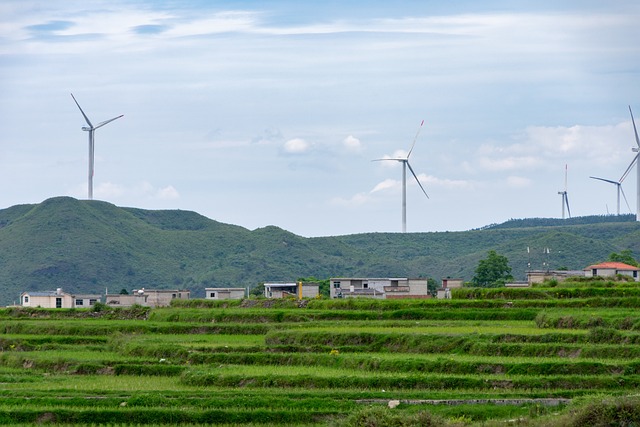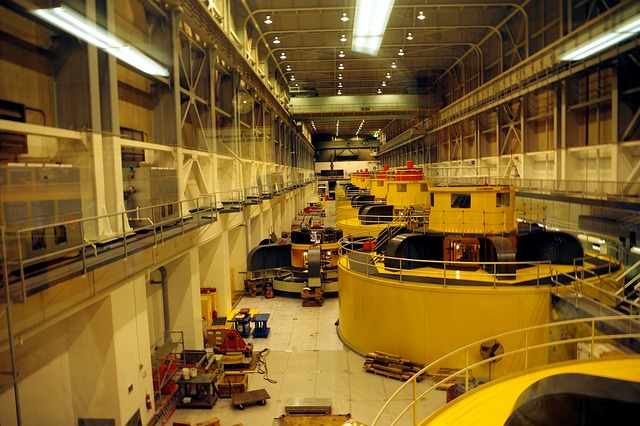From Fossil Fuels to Renewables: The Shift in Investment Strategies
The global energy landscape is undergoing a transformative shift as societies recognize the urgent need to mitigate climate change and reduce reliance on fossil fuels. This transition has significant implications for investment strategies, as capital increasingly flows into renewable energy sources and technologies. The move away from fossil fuels towards cleaner alternatives reflects not only environmental considerations but also economic, technological, and social dynamics. In this article, we will explore the drivers behind this shift, the implications for financial markets, and the future landscape of energy investments.
The Drivers of Change
Several key factors are propelling the transition from fossil fuels to renewable energy.
Environmental Concerns
Perhaps the most significant driver of the shift is the growing awareness of environmental issues associated with fossil fuels. The catastrophic effects of climate change, including extreme weather events, rising sea levels, and biodiversity loss, have intensified public pressure on governments and corporations to adopt more sustainable practices. International agreements, such as the Paris Agreement, set ambitious targets for reducing greenhouse gas emissions, pushing countries to invest in alternative energy sources.
Technological Advancement
Technological innovations have significantly enhanced the viability and cost-effectiveness of renewable energy sources. The rapid decline in the cost of solar panels and wind turbines, coupled with advances in energy storage technology, has made renewables more competitive with fossil fuels. Breakthroughs in energy efficiency and the development of smart grids further optimize the use of renewable resources, making them a more attractive investment option.
Economic Factors
The economic argument for renewables is becoming increasingly compelling. As the cost of fossil fuels fluctuates due to geopolitical tensions, resource depletion, and market volatility, the stable pricing associated with renewables offers a reliable alternative. Additionally, the growing demand for electric vehicles and other electrified solutions continues to spur investments in renewable energy infrastructures, such as charging stations and grid improvements.
Social Responsibility and Corporate Governance
Investors are becoming more socially conscious, with a growing preference for sustainable and responsible investment (SRI) strategies. Environmental, Social, and Governance (ESG) criteria are increasingly influencing investment decisions, as investors seek to align their portfolios with their values. Companies that fail to prioritize sustainability face reputational risks and potential financial losses, making the integration of renewable energy into business models essential.
Shifts in Investment Strategies
The transition to renewable energy is prompting significant changes in investment strategies across the globe.
Divestment from Fossil Fuels
One of the most visible trends is the divestment from fossil fuel companies by institutional investors, pension funds, and endowments. Numerous organizations have adopted policies to divest from coal, oil, and natural gas in an effort to mitigate risks related to climate change and carbon exposure. This collective action signals a profound shift in perception; once considered secure investments, fossil fuel companies are now facing increasing scrutiny as the world transitions toward a more sustainable energy future.
Increased Allocation to Renewables
In contrast to the divestment from fossil fuels, there is a notable increase in investment in renewable energy companies and technologies. Venture capital and private equity firms are pouring billions into solar, wind, and battery storage startups, fueling innovation and scalability. Established energy companies are also diversifying their portfolios by acquiring or investing in renewable projects, ensuring they remain competitive in a changing market.
Impact Investing
Impact investing, which aims to generate positive social and environmental impacts alongside financial returns, is gaining traction among investors. Funds focused on renewable energy, sustainable agriculture, and clean technology are increasingly popular, providing investors with opportunities to contribute to solutions for climate issues while achieving financial goals. This strategy aligns with the growing demand for ESG-compliant investment vehicles.
Public-Private Partnerships
Governments around the world are forming partnerships with private investors to finance renewable energy projects. Subsidies, tax incentives, and favorable regulatory environments create an attractive landscape for investment in renewables. Public-private partnerships (PPPs) help to share risks and leverage resources for large-scale projects, such as offshore wind farms or solar arrays, which require significant capital and expertise.
The Role of Policy and Regulation
Government policies play a crucial role in shaping investment strategies in the energy sector.
Incentives and Subsidies
Many countries have implemented incentives to encourage investments in renewable energy. These include tax credits, feed-in tariffs, and Renewable Portfolio Standards (RPS) that mandate a certain percentage of energy from clean sources. Such policies create a favorable environment for renewable energy projects, driving investor interest and participation.
Regulatory Frameworks
Regulatory frameworks that promote transparency and long-term pricing stability also bolster investor confidence. Streamlined permitting processes, grid access for renewable energy projects, and clear guidelines for energy pricing are fundamental to attracting investment. As governments prioritize climate action, the regulatory landscape is evolving to support a more robust renewable energy market.
Carbon Pricing and Emission Trading Systems
Implementing carbon pricing mechanisms and cap-and-trade systems creates financial incentives for companies to reduce their carbon emissions. By internalizing the cost of emissions, these systems support the economic viability of renewable energy over fossil fuels. Investors are increasingly factoring these market dynamics into their strategies, recognizing that carbon pricing can fundamentally alter the risk profile of fossil fuel investments.
The Future of Energy Investments
As we look ahead, the future of energy investments promises to be dynamic and multifaceted.
Decentralization and Microgrids
The energy sector is moving toward decentralization, with the growth of microgrids and local energy generation. Communities are increasingly investing in their own renewable energy solutions, such as community solar projects and localized wind farms. This decentralization not only empowers local economies but also presents new investment opportunities in energy storage and distribution technologies.
Hydrogen Economy
Hydrogen is emerging as a potential game-changer in the transition to renewable energy. As a versatile fuel, hydrogen can be produced via electrolysis using renewable energy sources. Investors are starting to explore hydrogen technologies for sectors like transportation and industrial processes, where decarbonization is challenging. The hydrogen economy presents a green investment opportunity that promises to grow significantly in the coming years.
Integration of Renewable Technologies
The integration of diverse renewable technologies—such as combining solar power with energy storage or hybrid systems incorporating wind and solar—will be critical to addressing energy supply and demand challenges. Investment strategies will likely evolve to include these integrated solutions, as they enhance reliability and efficiency in energy consumption.
Global Investment Trends
On a global scale, emerging markets present lucrative investment opportunities in renewable energy. Countries with abundant natural resources and a growing demand for energy, particularly in Asia and Africa, are attracting foreign capital to develop their renewable sectors. Investors are recognizing the potential for high returns in regions where the energy transition is still in its infancy.
Conclusion
The shift from fossil fuels to renewables is reshaping investment strategies in profound ways. This transition is not only driven by environmental imperatives but also by economic, technological, and social factors that demand new approaches to energy financing. As investors increasingly embrace sustainability and align their portfolios with global climate goals, the focus will remain on innovative energy solutions that offer financial returns and positive societal impacts. The future of energy investments appears promising, characterized by unprecedented opportunities for growth and transformation as the world moves toward a more sustainable energy landscape.


